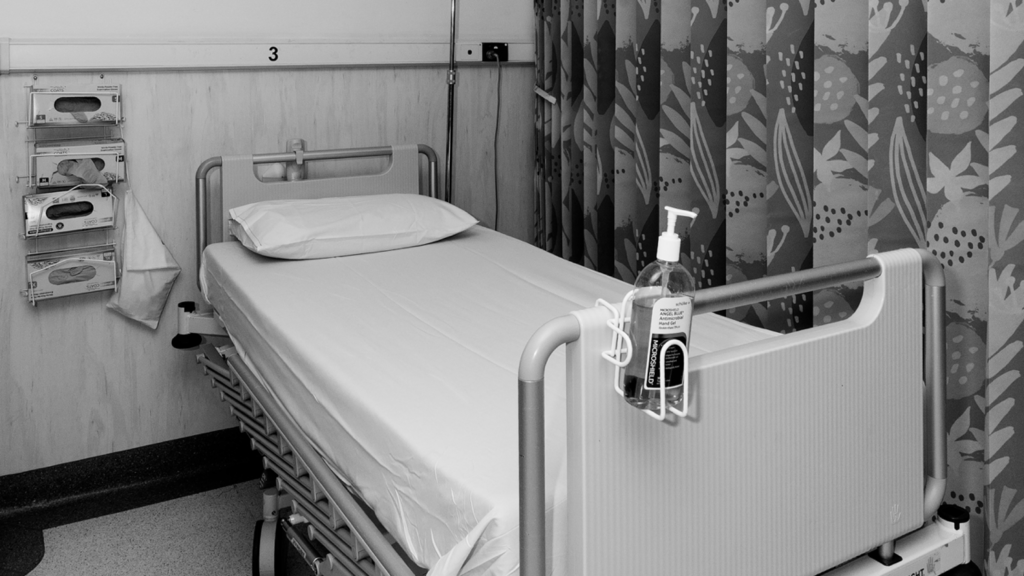Healthcare-associated Staphylococcus aureus bloodstream infections (HA-SABSI) per 10,000 occupied bed-days
Rationale
Staphylococcus aureus bloodstream infection is a serious infection that may be associated with the provision of health care. Staphylococcus aureus is a highly pathogenic organism and even with advanced medical care, infection is associated with prolonged hospital stays, increased healthcare costs and a marked increase in morbidity and mortality (SABSI mortality rates are estimated at 20-25%).
HA-SABSI is generally considered to be a preventable adverse event associated with the provision of health care. Therefore, this KPI is a robust measure of the safety and quality of care provided by WA public hospitals.
A low or decreasing HA-SABSI rate is desirable and the WA target reflects the nationally agreed benchmark.
Note: This indicator is reported by calendar year. Some indicators are reported by calendar year to allow for delays associated with the clinical coding of medical records, data quality checking, data linkage processing, and the setting of targets in accordance with the Government Budget Statement.
Target
The 2024 target for HA-SABSI is ≤1.00 per 10,000 occupied bed-days. Improved or maintained performance is demonstrated by a result below or equal to target.
Results
| Year | Target | Actual | |
|---|---|---|---|
| Years 2024 | Target 1.00 | Actual 0.63 |
|
| Years 2023 | Target | Actual 0.82 |
|
| Years 2022 | Target | Actual 0.69 |
|
| Years 2021 | Target | Actual 1.09 |
|
Commentary
During 2024, EMHS achieved the target for HA-SABSI, with a result equating to 25 infections from 398,841 occupied bed-days.
EMHS participates in a state-wide surveillance program and has established thorough processes for reviewing all cases of healthcare-associated Staphylococcus aureus bloodstream infections (HA-SABSI). Infection control specialists and treating clinicians work together to identify the factors contributing to each case and closely monitor infection rates.
EMHS remains committed to minimising the occurrence of HA-SABSI as demonstrated by the following initiatives which were implemented in 2024:
- Continued focus of the Vascular Access Service which provides expert and specialist care in the insertion and management of invasive devices.
- Specialist Vascular Access training in the Emergency Department to enhance the skills of clinicians, particularly in handling patients with difficult intravenous access.
- Increased cluster review methodology to identify safety and quality initiatives.
Period: 2021 to 2024 calendar years
Contributing sites: Armadale/Kelmscott District Memorial Hospital, Bentley Hospital, Kalamunda Hospital, Royal Perth Bentley Group Transitional Care Unit (Bidi Wungen Kaat Centre), Royal Perth Hospital
Data
source: Healthcare Infection Surveillance Western Australia (HISWA) Data Collection
Outcome one // Effectiveness KPI

